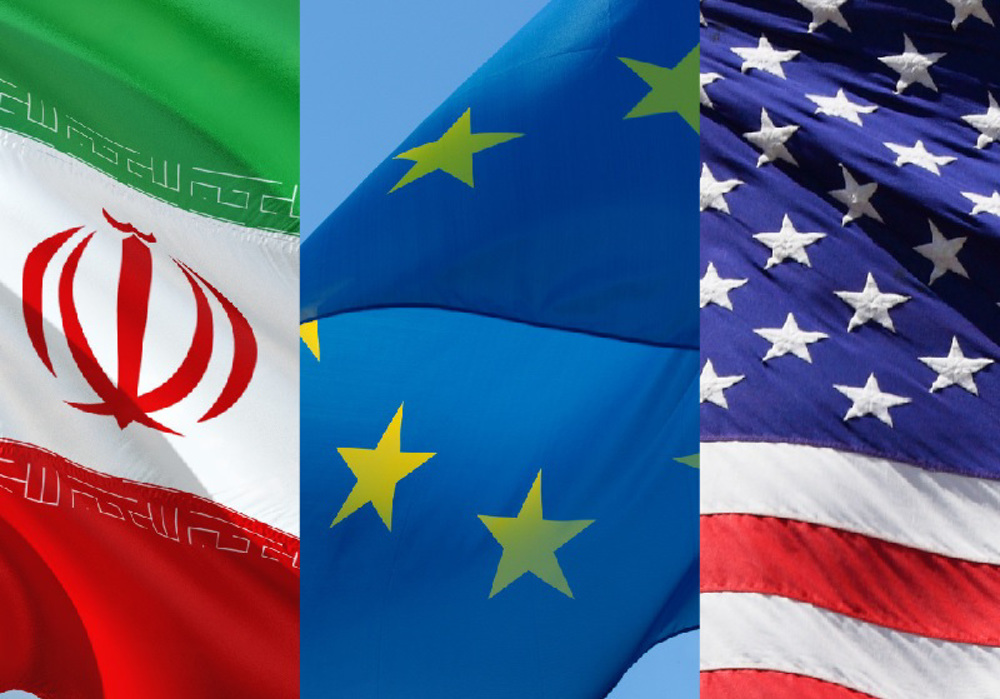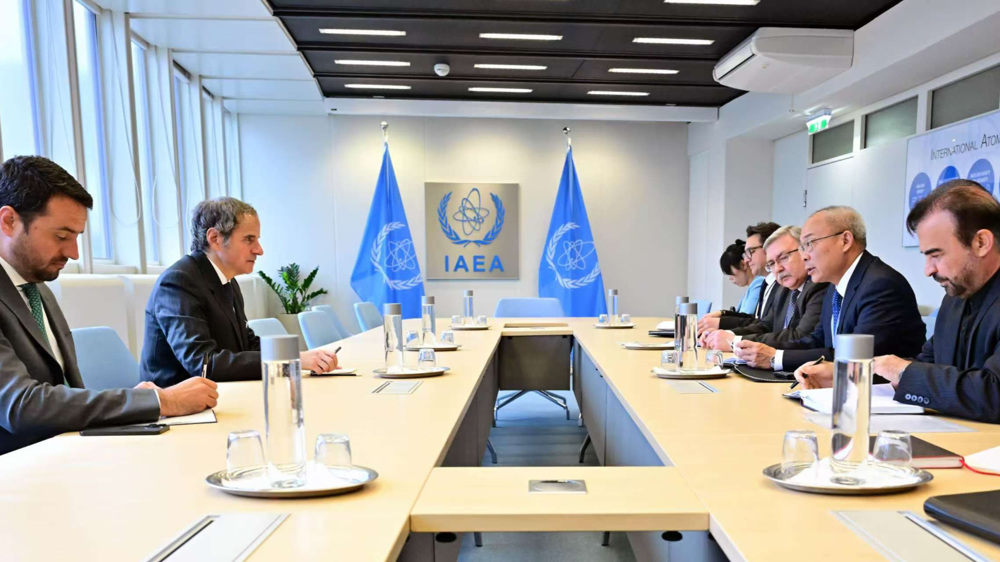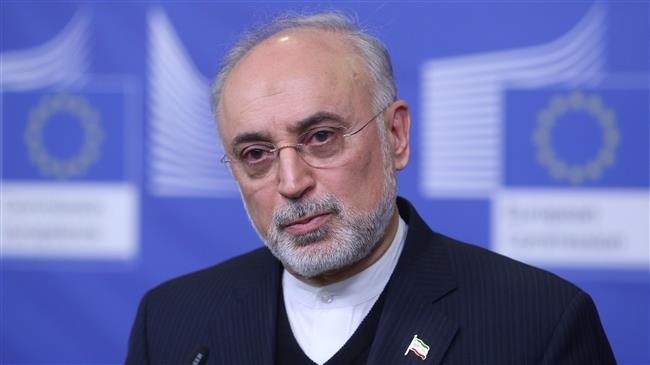Arak reactor’s secondary part operational in 3 weeks: Iran's nuclear chief
Head of the Atomic Energy Organization of Iran (AEOI) Ali Akbar Salehi says the secondary part of the Arak heavy water reactor will become operational within the next three weeks.
“We will make the secondary part of the Arak Heavy Water Reactor Facility operational as early as the next three weeks; the reactor consists of primary and secondary sections whereby an overwhelming part of [nuclear] processes is done in the latter,” Salehi told reporters after attending a parliamentary committee session in Tehran on Monday.
Elsewhere in his remarks, Iran's nuclear chief pointed to the latest condition of units 2 and 3 of the Bushehr Nuclear Power Plant, saying, “It’s been two years since [the construction of] Bushehr’s reactors 2 and 3 started, and according to plans, the second reactor will become functional in 2025 and the third in 2027.”
Underscoring technical measures adopted by Tehran to scale back its nuclear commitments under the landmark 2015 nuclear deal, officially known as the Joint Comprehensive Plan of Action (JCPOA), Salehi said “the reduction of obligations would not constitute a violation of the JCPOA from a technical perspective and the possibility of returning to the pre-JCPOA conditions still exists.”
Before the deal was concluded, the AEOI head said, Iran enriched approximately 2,300 kilograms of enriched uranium [per year] and the current figure stands at 1,700-1,800 kilograms per year. "So we are returning to the conditions that existed before the JCPOA in terms of uranium enrichment capacity," he added.
“In the present situation, all [centrifuges] are modern-generation machines. Therefore, [the pace of] our research studies has not been slowed down or come to a halt,” Salehi added.
"Within the next 2-3 weeks, we will unveil a chain of 30 IR6 [modern centrifuges]," Salehi said.
Since May, Iran has been in the process of suspending some of its commitments under the nuclear deal, which was clinched between Tehran and the P5+1 group of countries, the US, the UK, France, Russia, China, plus Germany, in Vienna in 2015.
Tehran has rowed back on its nuclear commitments three times in compliance with Articles 26 and 36 of the JCPOA.
Iran says its reciprocal measures will be reversible as soon as Europe finds practical ways to shield the Iranian economy from unilateral US sanctions, which were imposed last year when President Donald Trump of the United States withdrew from the 2015 nuclear deal.
The European signatories to the JCPOA have so far failed to uphold their commitments. They have expressed vocal support for the deal, but failed to provide meaningful economic incentives as required under the nuclear agreement.
As a first step, Iran increased its enriched uranium stockpile to beyond the 300 kilograms set by the JCPOA.
In the second step, Tehran began enriching uranium to purity rates beyond the JCPOA limit of 3.76 percent.
In the third phase, after the Europeans failed to meet a 60-day deadline to meet Iran’s demands and fulfill their commitments under the deal, Iran started up advanced centrifuges to boost the country's stockpile of enriched uranium and activated 20 IR-4 and 20 IR-6 centrifuges for research and development purposes.

Europe sidelined in indirect Iran-US talks

Third round of indirect Iran-US talks kick off in Muscat

China supports Iran’s peaceful nuclear program, diplomatic engagement: Envoy
Ex-spy chief urges ‘revolt’ against Israeli regime; says Tel Aviv must be ‘stopped’
VIDEO | Press TV's news headlines
VIDEO | Paris hosts ‘end famine’ rally in support of Gaza
Global reactions, offers of assistance pour in after huge deadly explosion in S Iran
Iran pres. stresses collective, effective fight against terrorism in calls with India, Pakistan PMs
VIDEO | Iran-US indirect talks
Iran declares holiday in Bandar Abbas port as fire still raging
VIDEO | NY protesters demand end to genocide on Global Day for Gaza










 This makes it easy to access the Press TV website
This makes it easy to access the Press TV website